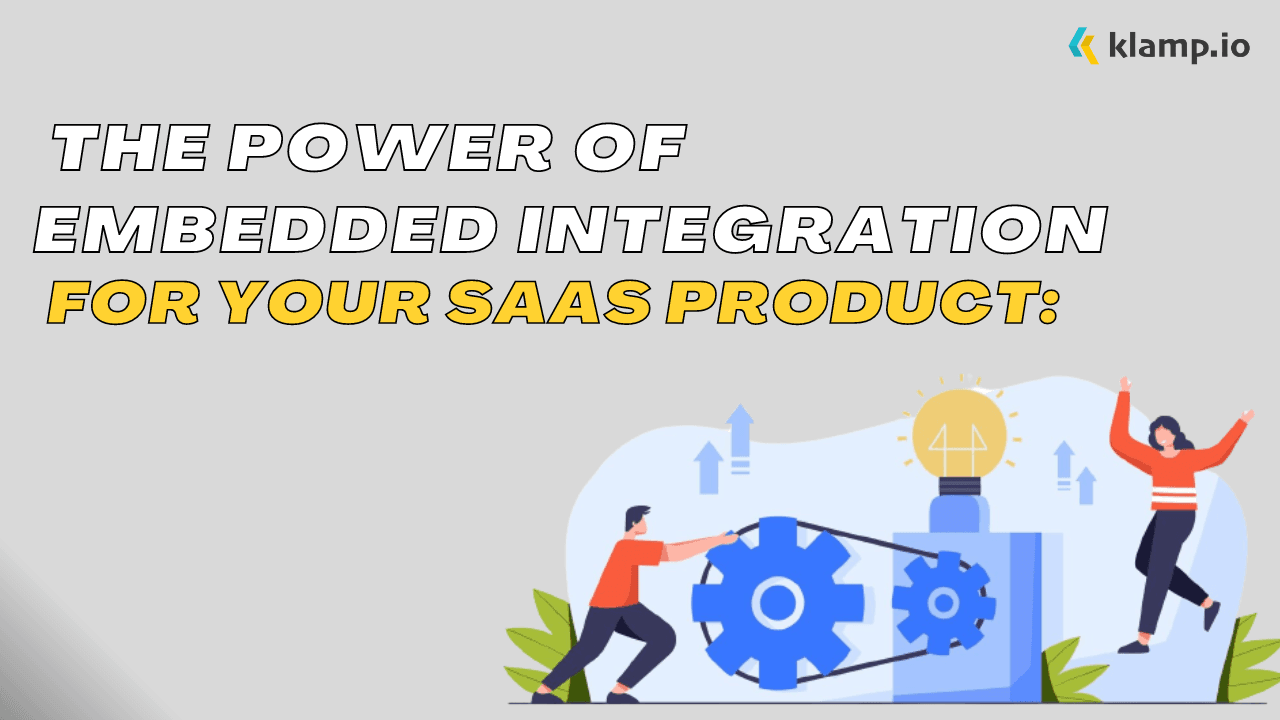Software-as-a-Service (SaaS) is changing how businesses use and manage software. Basically, it lets you access applications online, ditching the need for local installations. This subscription model is not only scalable and cost-effective but also ensures updates without you having to do anything.
Unlike traditional software, SaaS is handled by third-party providers, making it easier to access, collaborate in real-time, and save money. This article explains various aspects of SaaS, from security to customization. Looking ahead, SaaS is expected to keep growing with advancements like AI and automation.
These FAQs will provide the knowledge businesses need to understand SaaS and use its full potential in their tech journey.
FAQ 1: What Exactly Is SaaS?
Software-as-a-Service (SaaS) is a cloud computing model where software applications are hosted and provided to users over the internet. Unlike traditional software installations, SaaS eliminates the need for local installations and allows users to access applications through a web browser. This subscription-based service model is renowned for its scalability, cost-effectiveness, and the ability to seamlessly update software without user intervention.
FAQ 2: How Does SaaS Differ From Traditional Software?
Traditional software is typically purchased, installed, and maintained locally on individual devices. In contrast, SaaS operates on a subscription basis, with the software hosted and maintained by a third-party provider. This cloud-based approach not only reduces the burden of software management on users but also ensures that everyone is using the latest version of the application without the hassle of manual updates.
FAQ 3: What Advantages Does SaaS Offer to Businesses?
SaaS provides numerous advantages, including cost savings, scalability, and accessibility. Businesses can eliminate the need for costly infrastructure and IT staff to manage software, and instead, pay a subscription fee for the services they require. SaaS also enables businesses to scale their software usage up or down based on their needs, and the accessibility of applications from anywhere with an internet connection enhances flexibility and collaboration.
FAQ 4: Is SaaS Secure?
Security is a top priority for SaaS providers. Reputable SaaS vendors implement robust security measures, such as encryption, authentication, and regular audits, to protect user data. Encryption, multi-factor authentication, regular updates, secure APIs, data backups, identity management, firewalls, monitoring, access controls, and threat detection are also some strategies that make SaaS secure. While no system is entirely immune to threats, the centralized nature of SaaS allows providers to promptly address vulnerabilities and deploy security updates across all users, enhancing overall security.
FAQ 5: Can SaaS Be Customized to Fit Specific Business Needs?
SaaS applications are often designed with customization in mind. While the level of customization may vary between different providers and applications, many SaaS platforms offer configurable settings, integrations, and APIs to adapt to specific business requirements. This flexibility allows businesses to tailor the software to their unique workflows and processes without the need for extensive development efforts.
FAQ 6: How Does SaaS Impact Collaboration Among Team Members?
SaaS plays a pivotal role in fostering collaboration. With applications hosted in the cloud, team members can access and work on documents simultaneously, regardless of their physical location. Real-time collaboration features, such as shared editing and commenting, enhance communication and streamline workflows. This collaborative environment contributes to increased productivity and efficiency within teams.
FAQ 7: What Happens to Data When Migrating to SaaS?
Data migration to SaaS is a carefully managed process. Reputable SaaS providers ensure a seamless transition by offering tools and support for importing existing data into the new platform. Data security during migration is a top priority, and providers implement measures to safeguard sensitive information. Users are typically guided through the migration process, ensuring minimal disruption to their operations.
FAQ 8: How Can Businesses Ensure Data Privacy in SaaS?
Data privacy is paramount in SaaS. Businesses should carefully review the privacy policies of SaaS providers and ensure compliance with data protection regulations. Additionally, user access controls, encryption, and regular security audits help maintain data privacy. Choosing a trusted SaaS vendor with a track record of prioritizing data security is crucial for businesses looking to safeguard their sensitive information.
FAQ 9: Can SaaS Applications Integrate with On-Premises Software?
Yes, many SaaS applications are designed to integrate seamlessly with on-premises software. Integration options vary, and businesses should evaluate compatibility and available integration features when selecting SaaS solutions. APIs (Application Programming Interfaces) play a key role in facilitating these integrations, allowing data to flow between SaaS applications and on-premises systems, ensuring a cohesive and connected IT environment.
FAQ 10: What Does the Future Hold for SaaS?
The future of SaaS looks promising. As technology continues to advance, SaaS is expected to evolve with innovations such as artificial intelligence, machine learning, and enhanced automation. The increasing adoption of SaaS across various industries indicates a growing reliance on cloud-based solutions. The ongoing focus on improving user experience, security, and customization capabilities suggests that SaaS will remain at the forefront of the digital transformation journey for businesses worldwide.
As businesses navigate the dynamic landscape of technology, understanding the fundamentals of Software-as-a-Service is essential. From its definition to its impact on collaboration and data security, these FAQs provide a comprehensive overview of SaaS. As the technology continues to mature, staying informed about SaaS will empower businesses to make informed decisions and harness the full potential of cloud-based solutions.
Looking for SaaS products for your business? Explore klamp.io’s SaaS products here.
Check Klamp.io to achieve absolute peace of mind with our integration solutions. Connect your product with other products and automate workflows, eliminating the need for coding or complex scripts.





